
The Giraffidae are a family of ruminant artiodactyl mammals that share a common ancestor with cervids and bovids. This family, once a diverse group spread throughout Eurasia and Africa, presently comprises only two extant genera, the giraffe (one species of Giraffa) and the okapi (the only known species of Okapia). Both are confined to sub-Saharan Africa: the giraffe to the open savannas, and the okapi to the dense rainforest of the Congo.
The two genera look very different on first sight, but share a number
of common features, including a long, dark-coloured tongue, lobed canine
teeth, and horns covered in skin, called ossicones.
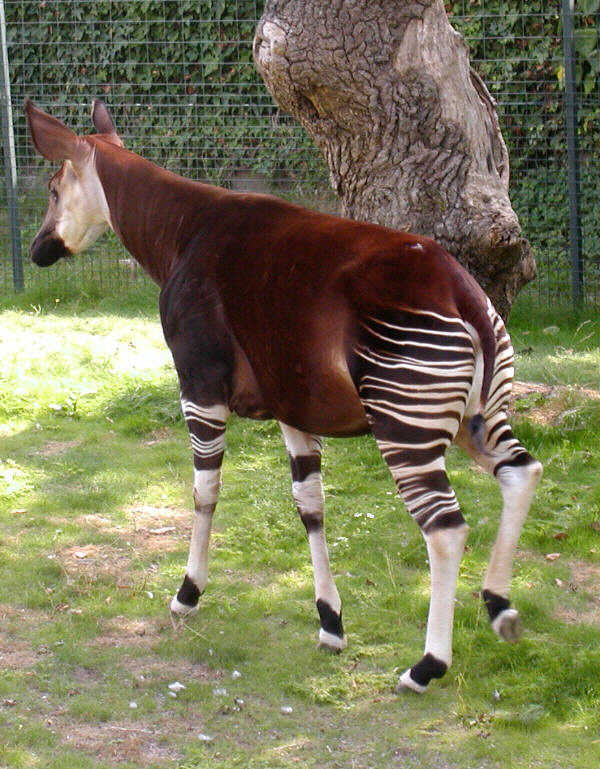
Evolutionary background
There are two main groups of extinct giraffids: one group with robust limb bones, the Sivatheriinae, represented by Sivatherium during the Plio-Pleistocene, and another with long, slender limb bones classified in different subfamilies; either Giraffinae and Palaeotraginae or just Giraffinae (with the two tribes, Giraffini and Palaeotragini). While Giraffa and Palaeotragus can be easily attributed to the latter group, the placement of Okapia and Mitilanotherium remains disputed.[2]
Their closest fossil relatives include the deer-like palaeomerycids and the climacocerids, many genera of the latter having once been identified as giraffes themselves.
Fossil records indicate that many other giraffids thrived between the Miocene era (around 20 million years ago) and the recent past. One major group of extinct giraffids, the sivatheres, had enormous, branching ossicones, and would have looked more like massive deer than giraffes.
Taxonomy

Molecular studies present the Giraffidae as a sister group to the Cervidae, Moschidae, and Bovidae.[3]
Characteristics
Giraffids share many common features with other ruminants. They have cloven hooves and cannon bones, much like bovids, and a complex, four-chambered stomach. They have no upper incisors or upper canines, replacing them with a tough, horny pad. An especially long diastema is seen between the front and cheek teeth. The latter are selenodont, adapted for grinding up tough plant matter.[5] Like most other ruminants, the dental formula for giraffids is 0.0.3.33.1.3.3. Giraffids have prehensile tongues (specially adapted for grasping).[6]
The extant giraffids, the forest-dwelling okapi and the savannah-living giraffe, have several features in common, including a pair of skin-covered horns, called ossicones, up to 15 cm (5.9 in) long (absent in female okapis); a long, black, prehensile tongue; lobed canine teeth; patterned coats acting as camouflage; and a back sloping towards the rear. The okapi's neck is long compared to most ruminants, but not nearly so long as the giraffe's. Male giraffes are the tallest of all mammals, their horns reach 5.5 m (18 ft) above the ground and their shoulder 3.3 m (11 ft), whereas the okapi has a shoulder height of 1.7 m (5 ft 7 in).[1]
Distribution
The two extant genera are now confined to Sub-Saharan Africa. The okapi is restricted to a small range in the northern rainforest of the Democratic Republic of Congo.
Although the range of the giraffe is considerably larger, it once
covered an area twice the present size — all parts of Africa that could
offer an arid and dry landscape furnished with trees.[1]
Behavior
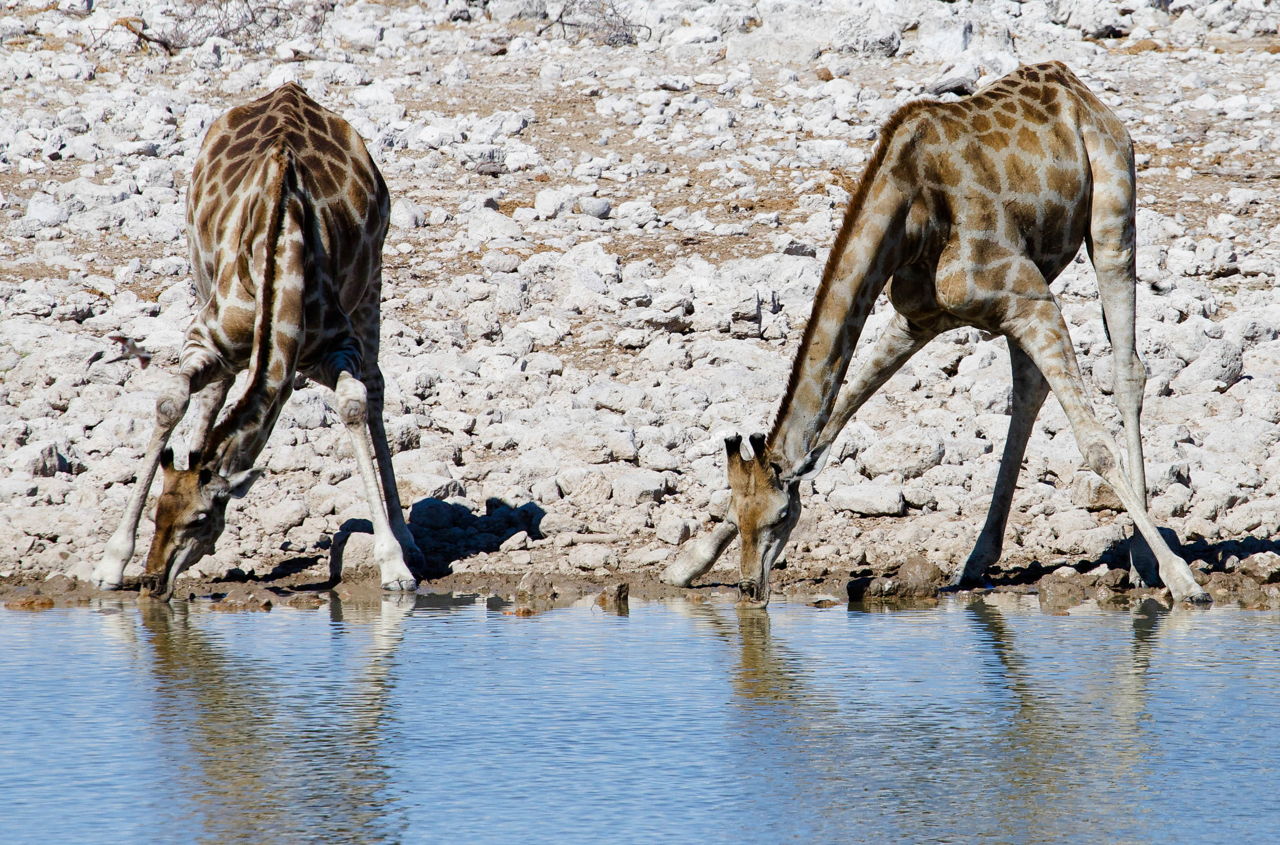
The
social structure and behavior is markedly different in okapis and
giraffes, but although little is known of the okapi's behavior in the
wild, a few things are known to be present in both species:[1]
- They have an ambling gait similar to camels, with their weight supported alternately by their left and right legs, while their necks maintain balance. Giraffes can run at up to 60 km/h (37 mph) this way and are documented to have covered 1,500 km (930 mi) in the Sahel during the dry season.
- The dominance hierarchy, which has been well-documented among giraffes, has also been seen among captive okapis. An adult giraffe head can weigh 30 kg (66 lb), and, if necessary, male giraffes establish a hierarchy among themselves by swinging their heads at each other horns first, a behavior known as "necking". A subordinate okapi signals submission by placing its head and neck on the ground.
- Giraffes are sociable, whereas okapis live mainly solitary lives. Giraffes temporarily form herds of up to 20 individuals; these herds can be mixed or uniform groups of males-females and young-adults. Okapis are normally seen in mother-offspring pairs, although they occasionally gather around a prime food source. Giraffe are non-territorial, but have ranges that can dramatically vary between — 5–654 km2 (1.9–252.5 sq mi) — depending on food availability whereas okapis have individual ranges about 2.5–5 km2 (0.97–1.93 sq mi) in size.
Classification
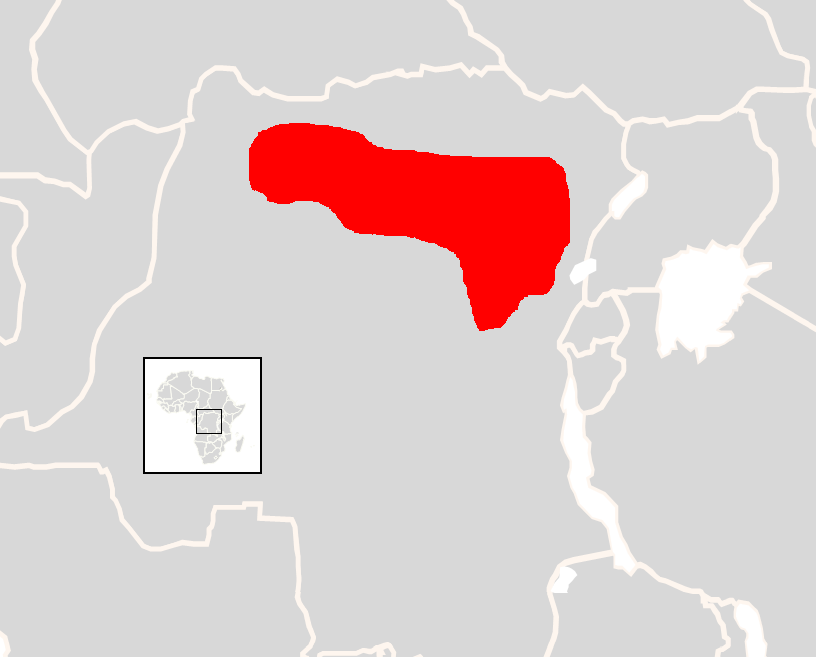 Range of the okapi
Range of the okapi

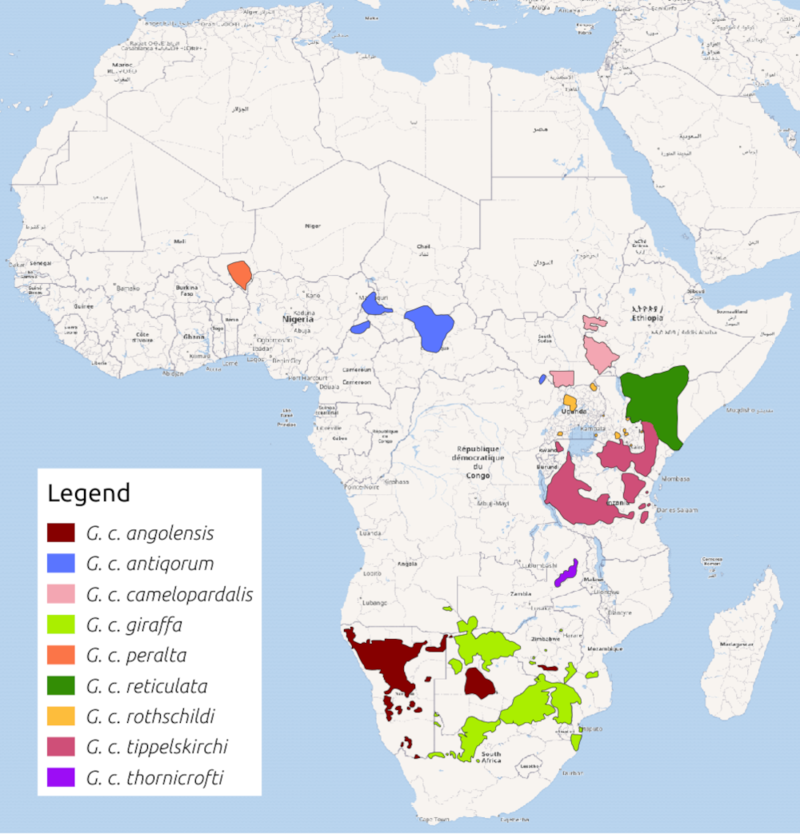

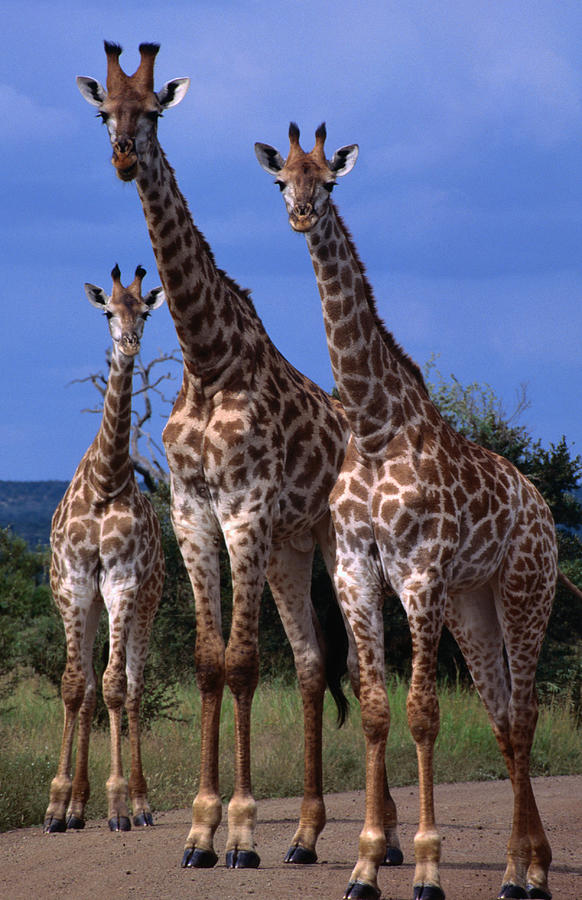
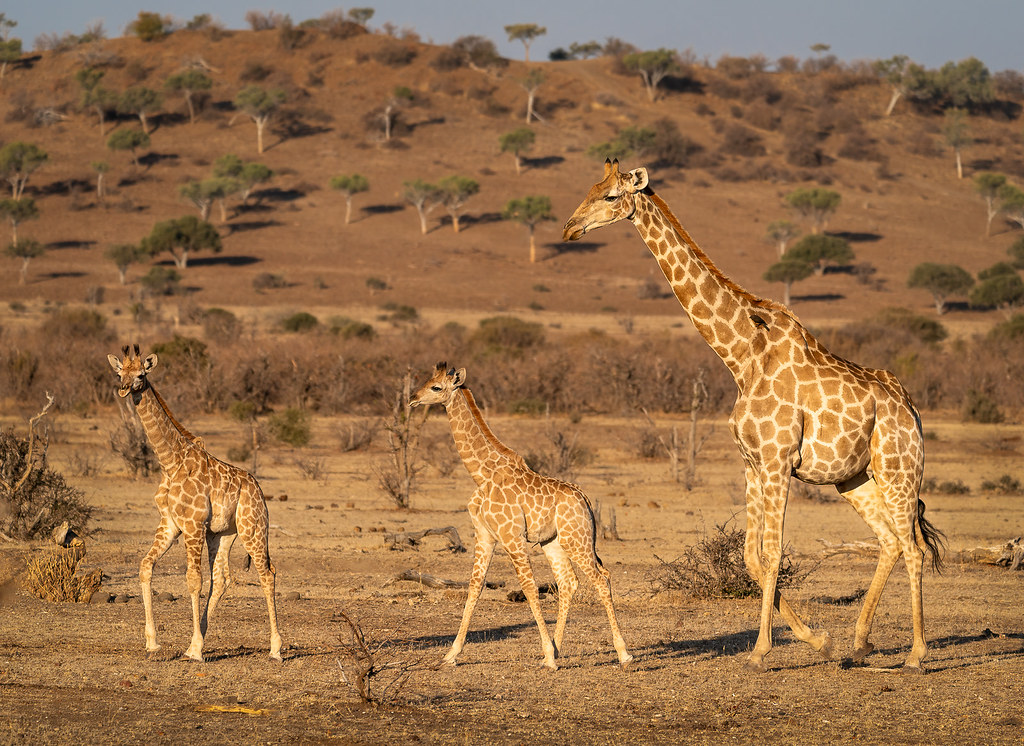
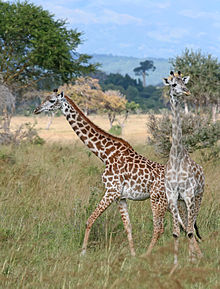

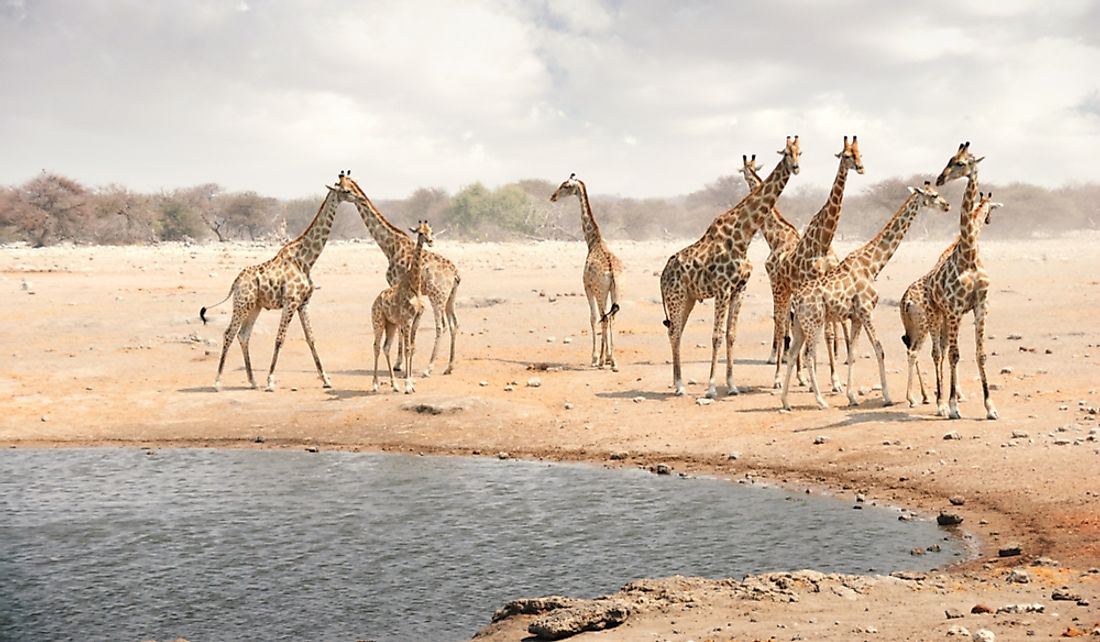

No comments:
Post a Comment
Note: Only a member of this blog may post a comment.